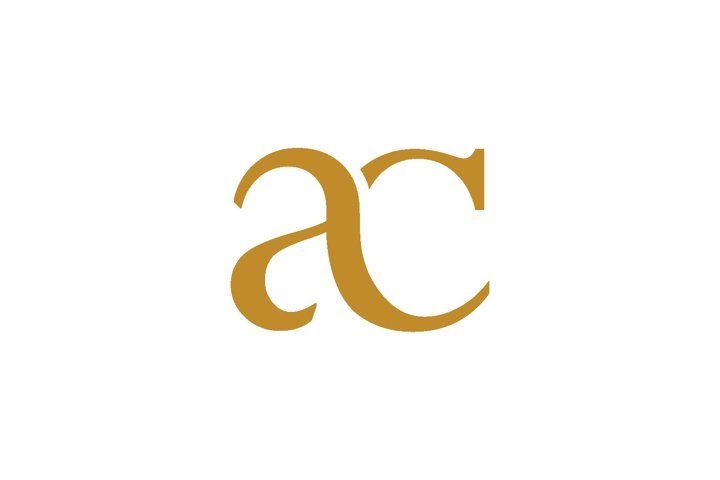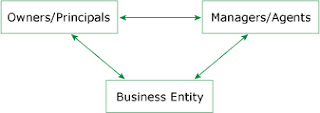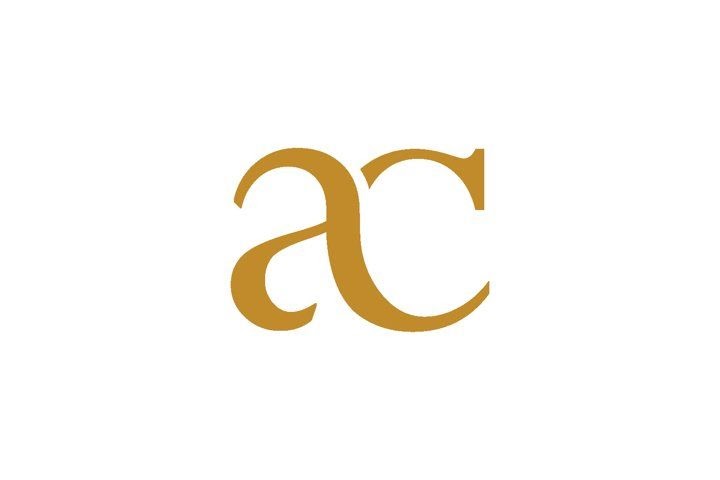So when we talk about allocating our wealth into different financial assets,
there are two important notion that always come into play.
The expected return and the amount of risk
that we take when we invest our wealth in different financial assets.
In this video, we're going to formalize the notion of expected return and
risk, and we're going to do this through a very simple example.
So let's start by looking at these two trajectories.
These are prices depicted at a monthly frequency of two financial securities,
Microsoft and IBM.
I've changed a little bit the level of the initial price that they start at
the same level.
These trajectories represent ten years of data.
So we have 12 observation per year,
one every month, and this is for a period of ten years.
In green, you have IBM, in yellow, you have Microsoft.
So this is a classical representation of what
the prices of financial securities look like.
There is a lot of information embedded in this graph.
And another way of representing the risk and return associated
with these two investment is to compute the simple return every month.
So what we're going to do is compute for every month the relative change.
So if the price increases relative to the initial value,
this is going to be a positive return.
If the price decreases, it's going to be a negative return.
And once we compute the monthly return for this period of ten years for
each security, we're going to represent this in a slightly different way,
also in a graph, but a little bit different.
Let's have a look.
So here we have histograms of the returns of the two securities, Microsoft and IBM.
You see that now instead of having a representation through time,
we have a representation of the different possible returns.
The histogram represents the frequency,
how often we observe the various level of return.
And you see on the x-axis, on the horizontal axis,
we measure the level of return going from -20% to +20%.
Here it's written in decimal form, so we see we have -0.2 up to 0.2.
And the height of each of these blue bar represent the frequency.
So there is a very large bar here a little bit to the right of 0 for
Microsoft, which represent the most frequent observation of returns.
And then you have, for example, for Microsoft on the right-hand side,
a few little bars around 0.2.
These represent vary large monthly return, 20%.
But they occurred relatively rarely,
only a few occurrence were observable during that ten year period.
The same information is represented on the other graph for IBM.
You see that the two histograms are different.
They display the same type of information,
but the two financial securities have different return distribution.
In particular, we're very interested in observing a measure of tendency.
What's the average return?
What is the return we observe more frequently?
What is the average direction of the financial security and
how dispersed the distribution is?
The standard measure of tendency is going to be the expected return.
Whereas, the standard measure of dispersion
is going to be what we call the standard deviation, okay?
So from the histogram,
we can see that Microsoft seems to have a little bit more dispersion than IBM.
So a proper representation of dispersion would indicate that the metric
we used to measure dispersion is larger for Microsoft than it is for IBM.
So I've actually computed the average and standard deviation for
these two distribution and we're going to look at the result.
The standard deviation represents a measure of dispersion,
as I was saying, and it is computed by looking at the distance
of each observation from the average.
These two histogram represent information separately for Microsoft and IBM.
But there is one other thing that we could do and
represent graphically is to see how the two returns occur simultaneously.
Do we observe high return in Microsoft when we observe high return in IBM,
or is it different?
Do we observe high return from Microsoft and low return from IBM on the same month?
One way of representing that is through a scatter plot.
So each of these red crosses corresponds to
a return of Microsoft measured on the x-axis and
a return of IBM measured on the y-axis.
So for example, if we take one of those red crosses in the upper right corner,
they corresponds to simultaneous occurrence of positive returns for
Microsoft and IBM.
The lower right corner would depict positive return for
Microsoft and negative return for IBM.
And we can see that, first of all,
we can see that points are scattered all over the graphs, so there isn't a clear
indication of a simultaneous occurrence of positive return or negative returns.
Sometimes we observe positive and positive, sometimes negative and
negative, and sometimes positive and negative.
So we say that these two returns are not perfectly correlated.
If they were perfectly correlated, they would all appear on a single line, okay?
We would have serve only positive return for IBM and Microsoft simultaneously, and
negative return for IBM and Microsoft simultaneously.
So here we see that there is some dependence.
They seem to occur relatively at the same time, but not always at the same time.
So a measure that we would like to add to the expected return and
the dispersion, so the standard deviation, is a measure of co-movement.
How do these two stock returns move simultaneously?
And the standard measure of co-movement is called the correlation.
The correlation is a metric that takes a value between -1 and 1.
At 1, the two securities would be perfectly correlated and
they would align on an increasing line,
starting from the lower left corner and ending at the upper right corner.
On the other extreme,
a correlation of -1 would indicate perfect negative correlation.
In this case, it would mean that all the crosses, all the dots here
would align on a decreasing line starting in the upper left corner and
ending in the lower right corner.
In this case, this would correspond with a correlation of -1
to a situation where whenever we observe a high positive return for
IBM, we see a high negative return for Microsoft, okay?
Well, we see here that the situation is somewhere in between, so
we expect the correlation to be not at 1 but not at -1, either.
And actually if you look carefully,
we probably expect some level of positive correlation.
So what is your guess of the actual level of correlation?
We're going to compute it in just a second, but
do you think it's positive, negative, closer to 1, maybe close













%20_%20Logos%20_%20Design%20Bundles.jpg)


%20_%20Logos%20_%20Design%20Bundles.jpg)



0 Comments